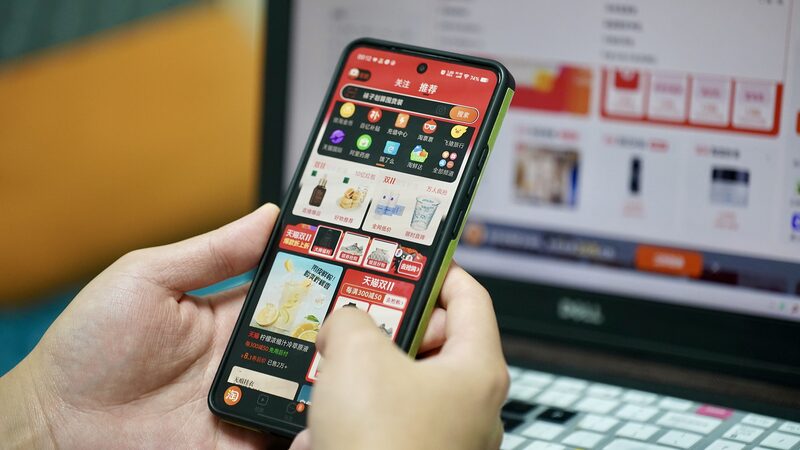China's latest economic playbook is giving consumer markets a fresh glow-up, blending tech incentives and leisure trends to create what analysts call 'blue oceans' of spending. 🌊 From smartphone subsidies to ice-and-snow tourism, here's how policy shifts are rewriting the rules of engagement for young consumers and global markets.
Double the Policies, Double the Growth
The 'dual-engine' approach—mixing existing measures with new perks like gadget trade-ins—is already revving up sales. 📱 After expanding subsidies to cover smartwatches and tablets in 2024, smartphone sales under 6,000 yuan jumped 19.3% this January-February. Meanwhile, fitness bands and tablets are flying off shelves faster than viral TikTok trends.
Beyond Retail: The New Cool Kids of Consumption
Winter sports, pet-tech, and 'China-chic' fashion rooted in传统文化 (traditional culture) are now mainstream—think Gen Z skiing by day and live-streaming水墨画 (ink art) unboxings by night. ❄️🎨 Low-altitude tourism (yes, drone racing counts) and the 'silver economy' for seniors are also booming, proving innovation isn't just for the young.
Breaking Down Walls 🧱→🚪
To keep the momentum going, China's tackling three big barriers:
- 💰 'No money to spend': Boosting jobs and exploring property-based income streams
- 😰 'Too anxious': Expanding healthcare and education safety nets
- ⌚ 'No time': Phasing out grueling '996' work schedules—because who can shop while working 72-hour weeks?
With digital upgrades and flexible leave policies in the mix, this could be the start of a消费新纪元 (new consumption era). As one expert put it: 'It’s less about forcing growth, more about creating Netflix-and-thrill opportunities.' 🍿
Reference(s):
cgtn.com






